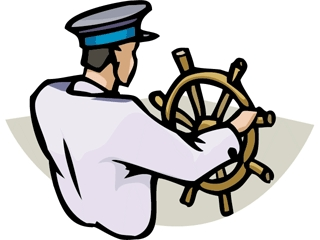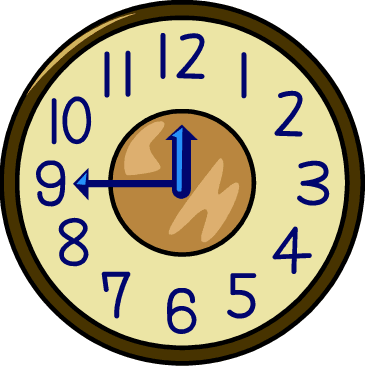ESL Travel Writing
The ESL travel writing topics and exercise on this page will help you improve your travel vocabulary. By having to use the vocabulary you will learn the meanings better.

You will often have to use travel words quickly and in new situations if you need to ask for help urgently, which means you need to be able to use the vocabulary well. This means you need to practice using it now and learn all the meanings.
This page has four exercise for you to do that are related to the travel vocabulary. If you need any help understanding any of the words used you can go to the ESL travel vocabulary page for their definitions. The exercises are as follows:
- Writing topics
- Writing a summary of a passage
- Writing a description of a picture
- Writing role-plays
ESL Travel Writing Exercises
Exercise 1 – Writing Topics
In this ESL travel writing exercise you need to write as much as you can about at least one of the following three topics (you can write about more than one if you want to, and this will help you get better faster). Try to use as much of the travel vocabulary as possible.
- What is the longest journey you have ever been on?
- What is your favourite type of transport?
- Do you think people travel too much?

Exercise 2 – Writing a Summary
In this exercise you need to rewrite the following passage so that it says the same thing but uses different words. You may need to use a thesaurus or the Internet to find alternative words to use that have similar meanings.
Safety when Travelling
Nowadays, safety is one of the main concerns people have when travelling somewhere. They often think carefully in order to choose a mode of transport which will safely get them to their destination. When using a car it is important to wear a safety belt. A child will need to be placed into a special child seat for the purpose of safety. If a person takes a taxi, it is likely that the driver will demand that passengers put their seatbelt on before setting off. A helmet is necessary when riding a bicycle and a motorcycle as a rider is prone to injury if they fall from the bicycle or motorcycle at a high speed. On passenger ships and aircraft a life jacket is used in emergency situations if it is necessary for them to abandon the craft. It is not often that they need to be used, but the procedure will usually be explained to the passengers before departing from the port.
People that choose to reach their destination by walking must adhere to the rules of the road by keeping to the footpath and crossing only when it is safe to do so. It is especially important to sit properly in a crowded bus as most buses to not have seatbelts, but instead rely on handrails. Most forms of transport pay particular attention to making sure disabled or elderly people are able to travel safely. Special designated areas and seats are provided for this purpose.
In England, most vehicles need to pass a test to ensure that it is roadworthy and safe to use. This is to prevent accidents and make sure that using transport to travel is considered safe. People must be seen to follow the rules of the road and consider other vehicles at all times. If a driver fails to do this they may find themselves in trouble with the police.
Exercise 3 – Describing a Picture
In this ESL travel writing exercise you need to write about the following picture. Describe what the picture shows and then imagine what might be happening around the image shown in the picture or where the man in the picture is going. Give as many details as possible.

Exercise 4 – Role-plays
Below are two role-plays for this ESL travel writing exercise. You need to write what the people would say in each of the role-plays. Each one has the location, where it takes place, the situation, what is happening, and the participants, the people who are involved.
Role-play 1
- Location: At the train station.
- Situation: The train has been cancelled and the people need to get home.
- Participants: 2 or 3 people and station attendant.
Role-play 2
- Location: At home.
- Situation: 2 people discussing their holiday and how they will travel.
- Participants: 2 people.
Other Pages about Travel that You Might Like
ESL Travel Conversations
ESL Travel Listening
ESL Travel Reading
ESL Travel Vocabulary
ESL 4u home › Writing › Travel


|
|



New! Comments
Have your say about what you just read! Leave me a comment in the box below.